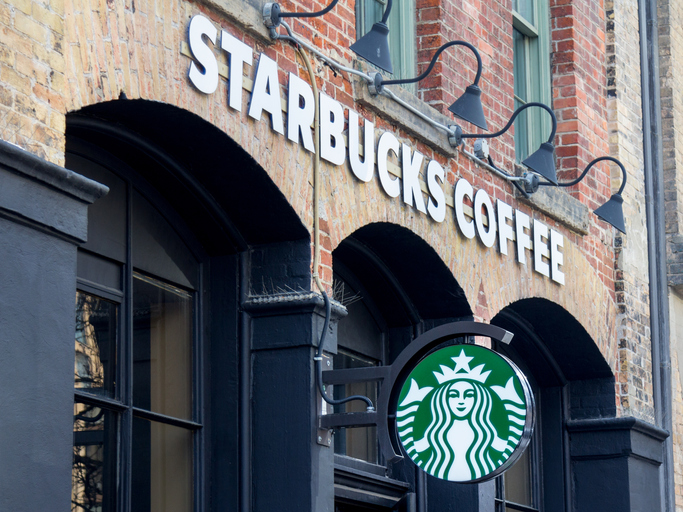ii view: Starbucks closes China outlets
A financial estimate of the Chinese situation is yet to be made.
29th January 2020 10:03
by Keith Bowman from interactive investor
A financial estimate of the Chinese situation is yet to be made.

First-quarter results to 29 December 2019
- Revenue up 7% to $7.1 billion
- Earnings per share up 5% to 79 cents
- Returned $1.6 billion to shareholders via share buybacks and dividends
Chief executive Kevin Johnson said:
“Building on solid business momentum from fiscal 2019, Starbucks performed very well throughout the first quarter, including one of the strongest holiday seasons in the history of our company. As a result, we are off to a strong start in fiscal 2020. Our growth was fuelled by a healthy balance of comparable sales growth and new store development, as well as continued expansion of our Global Coffee Alliance with Nestlé.
“As we begin our fiscal second quarter, I want to acknowledge the dynamic situation our partners in China are navigating as health officials respond to the coronavirus. As events unfold, we will be transparent with all stakeholders in communicating how we are responding to these extraordinary circumstances and the implications for our near-term business results.”
ii round-up:
Opening its first coffee shop in 1971, Starbucks Corp (NASDAQ:SBUX) today operates more than 31,000 outlets across 80 markets globally.
Listed on the Nasdaq in the US, the company came to the stock market in June 1992.
In these latest quarterly results, Starbucks announced earnings which topped analysts’ forecasts, but warned on the potential impact of the coronavirus in China.
To help stop the spread of the virus, the company, which opened its first Beijing store in early 1999, has temporarily closed more than half of its 4,000-plus Chinese outlets.
The shares fell by around 1% in afterhours US trading.
- US and international trades are free with ii on 29 and 30 January
- Get exposure to the world’s biggest companies via these ii Super 60 recommended funds
Global comparable store sales for the quarter rose by 5%, with 539 net new outlets opened. Earnings per share of 79 cents beat analyst forecasts of around 76 cents, aided by supply chain efficiencies and lower restructuring charges.
Management is still assessing the financial impact of store closures in China on 2020 full-year results and plans to update investors once a reasonable estimate can be made.
ii view:
Categorised under the sub-sector of US restaurants and bars, Starbucks sits among globally famed companies such as McDonald’s, KFC owner Yum Brands Inc (NYSE:YUM) and Chipotle Mexican Grill Inc Class A (NYSE:CMG). It came to the US stock market nearly 30 years ago at a price of $17 per share, or $0.53 per share when adjusted for share splits. Starbucks shares now trade at over $80 each, up more than 35% in 2019 alone and overshadowing an 11% gain for McDonald’s during 2019.
For investors, prospects for the coffee shop operator’s international business remain central. Growth in China in particular is being closely watched. A forward price earnings (PE) ratio of around 29 and above both its three and 10-year averages does not scream value. But for now, the world’s addiction to coffee shows no signs of abating, with Starbucks still a favoured play.
Positives:
- Diverse geographical footprint
- Returned $12 billion to shareholders via share buybacks and dividends over 2019
Negatives:
- Concerns regarding US market saturation
- Competition from Luckin Coffee in China
The average rating of stock market analysts:
Strong hold
These articles are provided for information purposes only. Occasionally, an opinion about whether to buy or sell a specific investment may be provided by third parties. The content is not intended to be a personal recommendation to buy or sell any financial instrument or product, or to adopt any investment strategy as it is not provided based on an assessment of your investing knowledge and experience, your financial situation or your investment objectives. The value of your investments, and the income derived from them, may go down as well as up. You may not get back all the money that you invest. The investments referred to in this article may not be suitable for all investors, and if in doubt, an investor should seek advice from a qualified investment adviser.
Full performance can be found on the company or index summary page on the interactive investor website. Simply click on the company's or index name highlighted in the article.